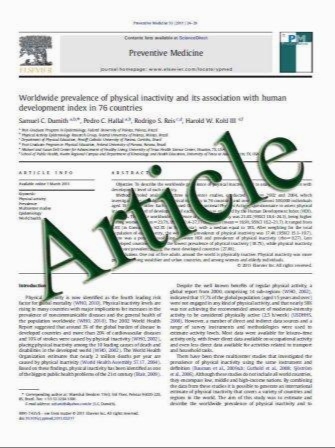Post-lumpectomy intracavitary retention and lymph node targeting of 99mTc-encapsulated liposomes in nude rats with breast cancer xenograft
- نوع فایل : کتاب
- زبان : انگلیسی
- مؤلف : Shihong Li Beth Goins William T. Phillips Marcela Saenz Pamela M. Otto Ande Bao
- چاپ و سال / کشور: 2010
Description
Liposomes are recognized drug delivery systems with tumor-targeting capability. In addition, therapeutic or diagnostic radionuclides can be efficiently loaded into liposomes. This study investigated the feasibility of utilizing radiotherapeutic liposomes as a new post-lumpectomy radiotherapy for early-stage breast cancer by determining the locoregional retention and systemic distribution of liposomes radiolabeled with technetium-99m (99mTc) in an orthotopic MDA-MB-231 breast cancer xenograft nude rat model. To test this new brachytherapy approach, a positive surgical margin lumpectomy model was set up by surgically removing the xenograft and deliberately leaving a small tumor remnant in the surgical cavity. Neutral, anionic, and cationic surface-charged fluorescent liposomes of 100 and 400 nm diameter were manufactured and labeled with 99mTc-BMEDA. Locoregional retention and systemic distribution of 99mTc-liposomes injected into the post-lumpectomy cavity were determined using non-invasive nuclear imaging, ex vivo tissue gamma counting and fluorescent stereomicroscopic imaging. The results indicated that 99mTc-liposomes were effectively retained in the surgical cavity (average retention was 55.7 ± 24.2% of injected dose for all rats at 44 h post-injection) and also accumulated in the tumor remnant (66.9 ± 100.4%/g for all rats). The majority of cleared 99mTc was metabolized quickly and excreted into feces and urine, exerting low radiation burden on vital organs. In certain animals 99mTc-liposomes significantly accumulated in the peripheral lymph nodes, especially 100 nm liposomes with anionic surface charge. The results suggest that post-lumpectomy intracavitary administration of therapeutic radionuclides delivered by 100-nm anionic liposome carrier is a potential therapy for the simultaneous treatment of the surgical cavity and the draining lymph nodes of early-stage breast cancer.
Breast Cancer Res Treat DOI 10.1007/s10549-010-1309-x Received: 12 August 2010 / Accepted: 10 December 2010


